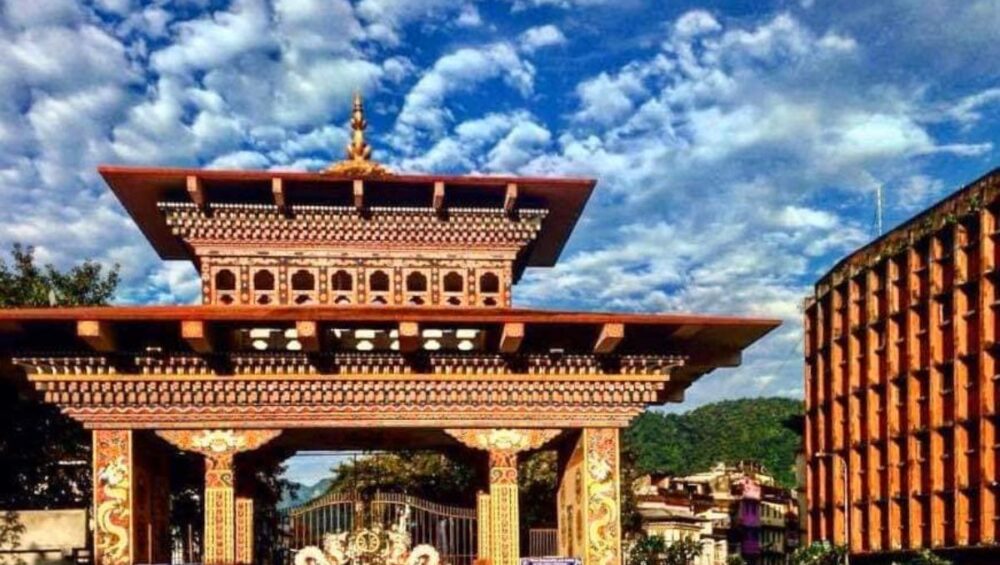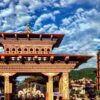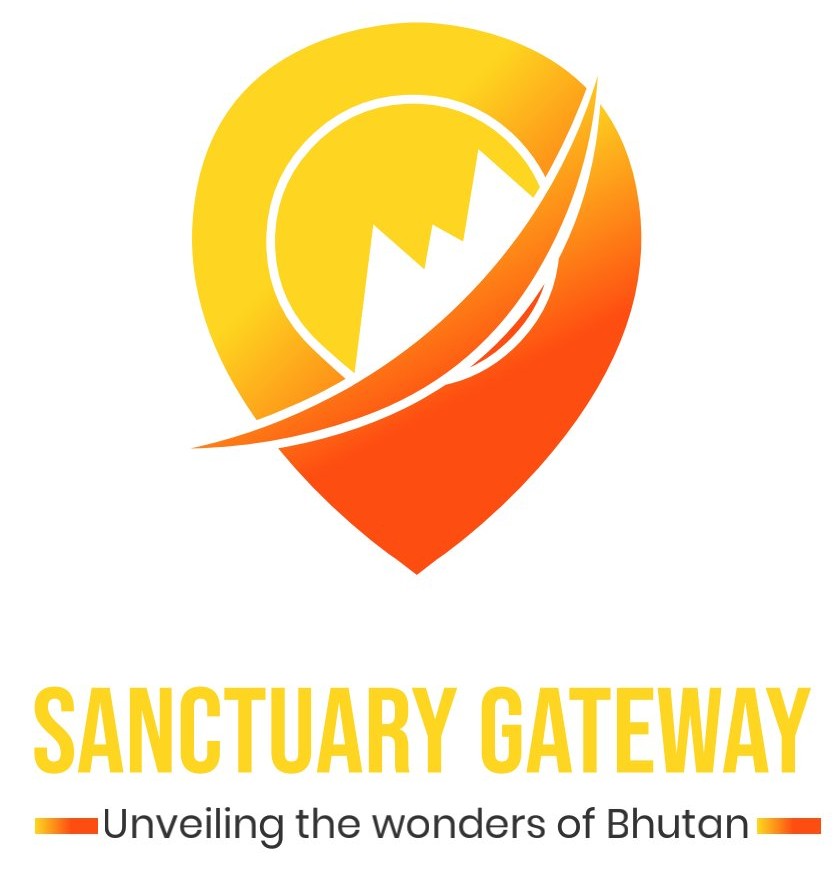Travel Guide
Introduction
Bhutan, the “Land of the Thunder Dragon,” is a hidden gem nestled in the Eastern Himalayas. Known for its untouched landscapes, rich cultural heritage, and unique Gross National Happiness philosophy, Bhutan offers an extraordinary travel experience. This travel guide will help you navigate the wonders of this mystical kingdom, from its scenic valleys and ancient monasteries to its vibrant festivals and sustainable tourism practices.
Getting There
Most visitors enter Bhutan via Paro International Airport, the country’s sole international airport. Druk Air and Bhutan Airlines operate flights from major cities like Bangkok, Delhi, Kathmandu, and Singapore. Travelers can also enter overland from India through the border towns of Phuentsholing, Gelephu, and Samdrup Jongkhar.
Visa and Permits
All foreign nationals, except those from India, Bangladesh, and the Maldives, require a visa to enter Bhutan. Visas must be pre-arranged through a licensed Bhutanese tour operator. The visa process is straightforward and is usually handled by the tour operator as part of the travel package. Travelers must also pay a daily tariff, which includes accommodation, meals, transportation, and a licensed guide.
When to Visit
Bhutan experiences four distinct seasons, each offering unique experiences:
- Spring (March to May): This is one of the best times to visit, with blooming rhododendrons and pleasant weather.
- Summer (June to August): The monsoon season brings lush landscapes but also heavy rainfall, which may disrupt travel plans.
- Autumn (September to November): Another peak season, autumn offers clear skies, colorful festivals, and comfortable temperatures.
- Winter (December to February): While cold, winter provides stunning views of snow-capped peaks and is a great time for birdwatching.
Top Destinations
Paro Valley
Paro Valley is home to some of Bhutan’s most iconic sites. The Paro Taktsang (Tiger’s Nest) monastery, perched on a cliffside, is a must-visit. This sacred site offers breathtaking views and a rewarding hike. Paro is also home to the National Museum of Bhutan, housed in an ancient watchtower, and the impressive Rinpung Dzong, a fortress monastery.
Thimphu
As Bhutan’s capital, Thimphu is a blend of modernity and tradition. Key attractions include the Tashichho Dzong, the seat of the government and monastic body, and the National Memorial Chorten, a stupa dedicated to world peace. The bustling weekend market and the serene Buddha Dordenma statue, a massive Buddha statue overlooking the city, are also worth exploring.
Punakha
The former capital of Bhutan, Punakha, is known for its stunning Punakha Dzong, situated at the confluence of the Pho Chhu and Mo Chhu rivers. This dzong is one of the most beautiful in Bhutan and plays a significant role in the country’s history. The nearby Chimi Lhakhang, a fertility temple, is another interesting site to visit.
Bumthang
Bumthang is considered the spiritual heartland of Bhutan. This region is home to many ancient temples and monasteries, including the Jambay Lhakhang and Kurjey Lhakhang. The scenic valleys and vibrant festivals, such as the Jambay Lhakhang Drup, make Bumthang a culturally rich destination.
Activities and Experiences
Trekking
Bhutan offers excellent trekking opportunities, ranging from short hikes to challenging multi-day treks. The Druk Path Trek, which connects Paro and Thimphu, is a popular choice, offering stunning views of the Himalayas. For seasoned trekkers, the Snowman Trek is one of the most challenging and rewarding treks in the world.
Festivals
Bhutanese festivals, or tshechus, are vibrant celebrations of culture and spirituality. These festivals feature masked dances, traditional music, and rituals performed by monks and laypeople. The Paro and Thimphu tshechus are among the most famous, drawing large crowds.
Wildlife and Nature
Bhutan’s rich biodiversity makes it a paradise for nature lovers. The country’s national parks and wildlife sanctuaries, such as Jigme Dorji National Park and Phobjikha Valley, offer opportunities for birdwatching, wildlife spotting, and nature walks. The endangered black-necked cranes can be seen in Phobjikha Valley during winter.
Sustainable Tourism
Bhutan’s high-value, low-impact tourism policy ensures that tourism benefits local communities while preserving the environment and culture. This approach includes a daily tariff that covers various expenses and promotes sustainable practices. Visitors are encouraged to respect local customs and traditions, ensuring a meaningful and responsible travel experience.
Conclusion
A trip to Bhutan is a journey into a land of stunning natural beauty, rich cultural heritage, and a unique approach to development and happiness. Whether you’re seeking adventure, spiritual enrichment, or simply a serene escape, Bhutan promises an unforgettable travel experience.





